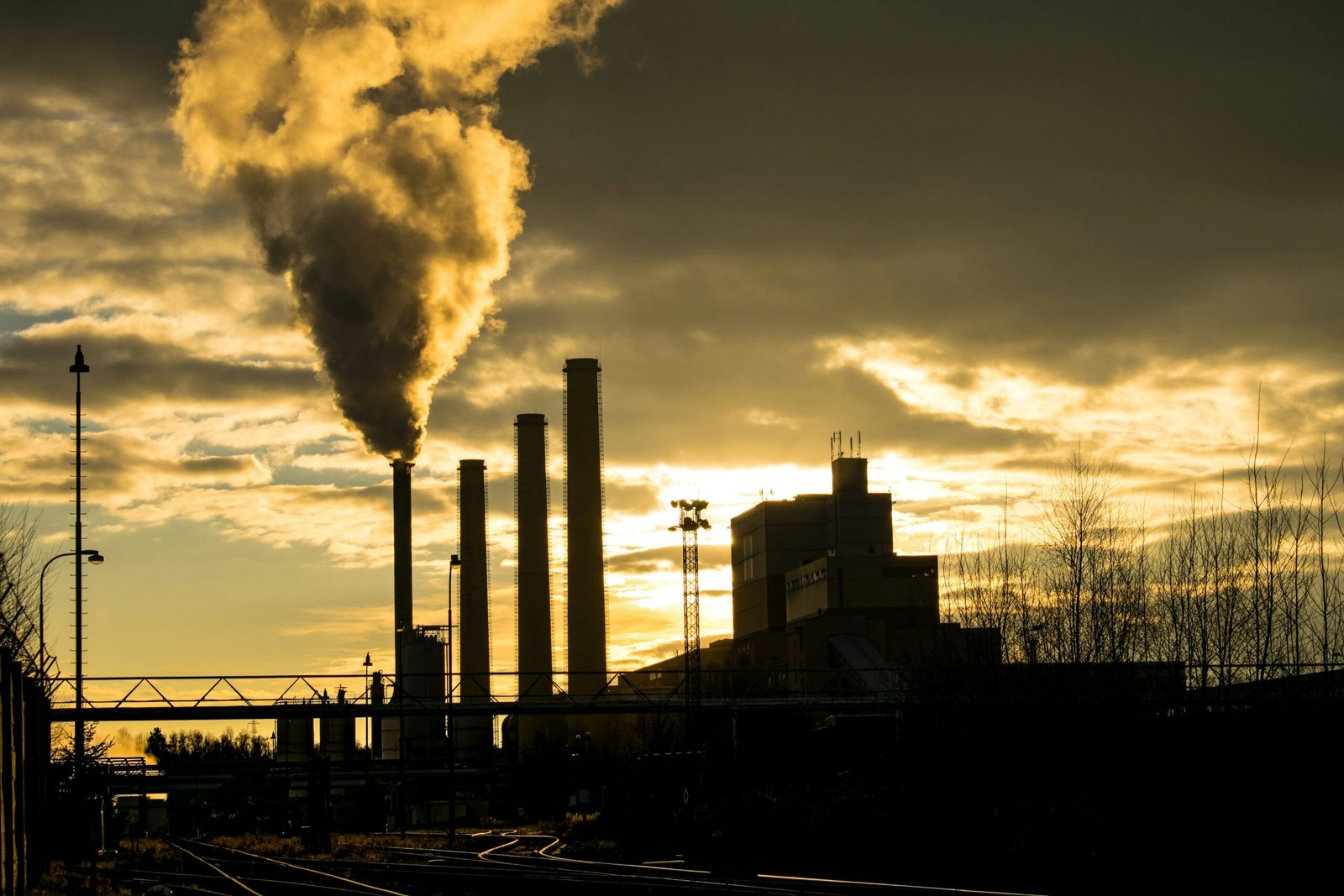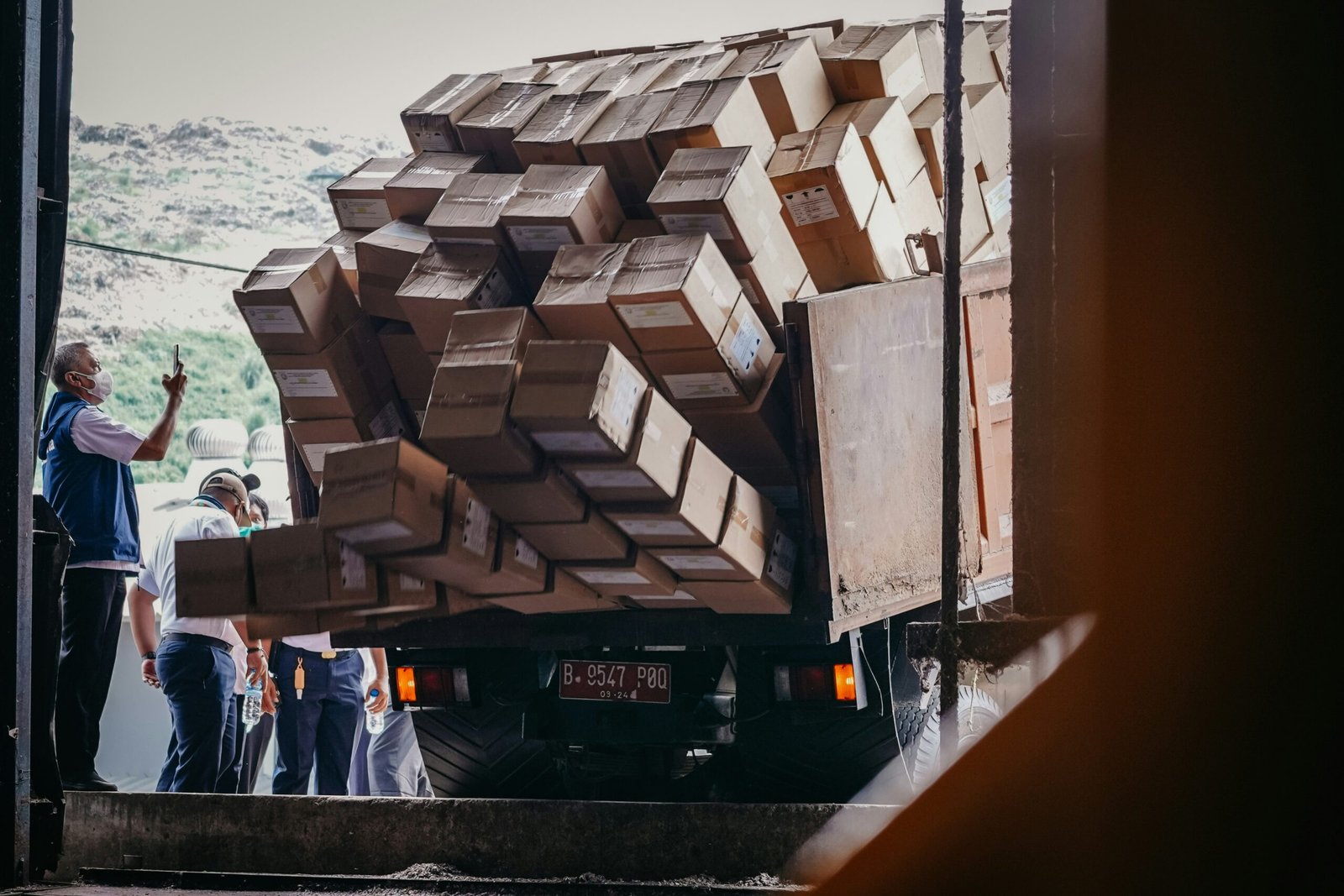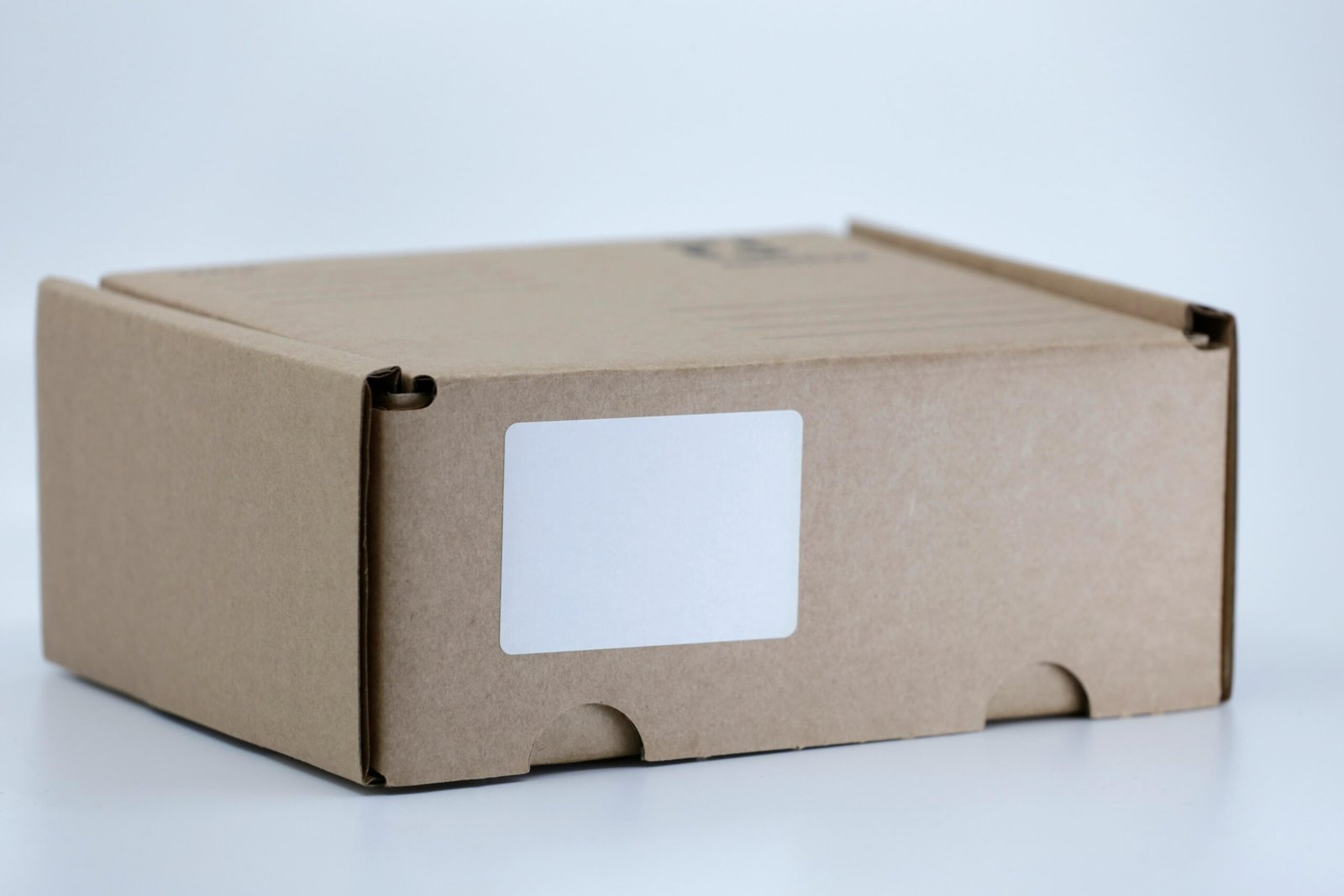Introduction
In the age of convenience, online shopping has become a part of everyday life in the USA. Whether it’s clothing, electronics, or home essentials, millions of orders are processed daily, delivered straight to doorsteps with just a few clicks. While this revolution in retail has changed the way we access products, it also comes with an often-overlooked environmental cost—carbon emissions.
Understanding how online orders affect carbon footprints can help individuals and businesses make informed choices that reduce environmental impact while maintaining convenience.
1. What Is a Carbon Footprint in E-Commerce?
A carbon footprint refers to the total greenhouse gases (GHGs), primarily carbon dioxide (CO₂), emitted directly or indirectly to produce, ship, and deliver a product to the end consumer. In e-commerce, carbon emissions come from multiple stages of the order cycle:

-
Manufacturing – Energy used in producing goods.
-
Packaging – Materials and processes required to protect items during shipment.
-
Shipping & Delivery – Transportation of goods from warehouses to final destinations.
-
Returns & Exchanges – Additional transportation and repackaging when products are sent back.
Each stage leaves a trace of carbon emissions, and with billions of parcels shipped globally each year, the cumulative impact is significant.
2. The Hidden Environmental Cost of Fast Delivery
One of the biggest drivers of carbon emissions in online shopping is fast delivery. Many customers expect same-day or next-day shipping, which often means:

-
More partial truckloads instead of full shipments, increasing trips and fuel use.
-
Air freight for long-distance orders, which emits far more CO₂ per package than ground transportation.
-
Increased warehouse energy consumption to maintain round-the-clock fulfillment operations.
While fast shipping provides convenience, it also increases environmental pressure. A standard delivery schedule with consolidated shipments typically results in fewer emissions per package.
3. Packaging: A Major Contributor to Carbon Emissions
Packaging is essential for protecting goods, but it is also one of the largest contributors to e-commerce waste. Some key concerns include:

-
Excessive use of plastics such as bubble wrap, plastic tape, and shrink film.
-
Oversized boxes for small items, requiring more material and transportation space.
-
Non-recyclable or mixed-material packaging that ends up in landfills.
In the USA alone, e-commerce packaging waste has surged by millions of tons annually. By opting for recyclable, compostable, or minimal packaging, online retailers can significantly reduce carbon footprints.
4. Last-Mile Delivery – The Biggest Carbon Challenge
Last-mile delivery refers to the final leg of transportation, from a local distribution hub to the customer’s home. Despite being a short distance compared to international or interstate shipping, last-mile delivery accounts for a disproportionately high share of emissions due to:
-
Multiple stops with frequent idling in urban traffic.
-
Use of delivery vans that are not always fuel-efficient.
-
Repeated trips due to missed deliveries or returns.
Optimizing delivery routes, using electric or hybrid vehicles, and encouraging pick-up points can help reduce emissions from this stage.
5. The Impact of Returns on Carbon Footprints
Returns are common in e-commerce, especially for fashion and electronics. However, each return doubles transportation emissions and may lead to additional packaging waste. In many cases, returned items cannot be resold as new, leading to disposal or liquidation processes that further add to the carbon footprint.
Reducing returns through better product descriptions, size guides, and customer education helps cut down unnecessary emissions.
6. Comparing Online and In-Store Shopping Carbon Footprints
The debate over whether online shopping or in-store shopping has a bigger carbon footprint depends on multiple factors, including distance, transportation method, and order size.

-
Online Orders – Can be more efficient when consolidated, but expedited shipping and returns increase emissions.
-
In-Store Shopping – Requires personal transportation to physical locations, often using fuel-powered vehicles.
Studies suggest that bulk online orders delivered via ground transport may result in fewer emissions than multiple individual store trips by car. However, small online orders with rushed delivery often have higher carbon costs.
7. Ways Consumers Can Reduce Their Online Shopping Carbon Footprint
Consumers play a major role in shaping the environmental impact of e-commerce. Here are actionable ways to minimize carbon emissions from online orders:
-
Choose standard delivery over express shipping.
-
Order in bulk instead of placing multiple small orders.
-
Look for eco-friendly packaging labels such as recyclable or compostable materials.
-
Support brands with sustainable shipping practices like carbon offset programs.
-
Avoid unnecessary returns by checking product details thoroughly before checkout.
8. What E-Commerce Businesses Can Do to Lower Carbon Emissions
Sustainability is becoming a competitive advantage in the e-commerce industry. USA-based online retailers can adopt practices such as:

-
Eco-Packaging Innovations – Use biodegradable or recycled materials, reduce excess packaging, and adopt box-on-demand technology to create right-sized packages.
-
Green Logistics – Partner with carriers that use electric or fuel-efficient vehicles and optimize routes with AI-driven logistics.
-
Carbon Neutral Programs – Offset emissions through investments in renewable energy or reforestation projects.
-
Sustainable Warehousing – Transition to energy-efficient lighting, solar-powered facilities, and smart inventory systems to minimize energy waste.
9. Role of Consumer Awareness in Driving Change
Informed consumers are powerful agents of change. As awareness about environmental impact grows, demand for sustainable practices increases. Many USA-based retailers now showcase sustainability certifications, transparent carbon reporting, and eco-friendly shipping options to attract conscious shoppers.
10. Future Trends – Toward a Greener E-Commerce Industry
Several innovations are helping e-commerce transition toward a lower-carbon future:
-
Electric Delivery Fleets – Major logistics companies are investing in EVs to cut last-mile emissions.
-
AI & Route Optimization – Smart algorithms help reduce fuel consumption by finding shorter, more efficient delivery paths.
-
Reusable Packaging Systems – Some companies are testing returnable packaging that can be used for multiple shipments.
-
Localized Warehousing – Building fulfillment centers closer to high-demand areas to shorten delivery distances.
11. Small Changes, Big Impact
The impact of one order may seem small, but when multiplied by millions, the environmental cost becomes significant. Even minor changes—choosing slower shipping, opting for minimal packaging, or supporting carbon-neutral brands—can contribute to a lower-carbon future.
12. Conclusion
Online shopping has revolutionized convenience, but it also brings new environmental responsibilities. Every click has an impact, from production to packaging to delivery. By understanding how online orders affect carbon footprints and making conscious choices, both consumers and businesses can contribute to a more sustainable e-commerce ecosystem.